Picture this. You’re finally snuggled up in bed after a long day, ready to drift off into a peaceful slumber. And then it starts – the incessant chirping of crickets. These tiny troubadours might be great for an outdoor symphony, but inside your home? Not so much.
Welcome to your ultimate guide on cricket control, where we’ll help you regain your tranquility and keep crickets where they belong – outside!
Understanding the Cricket Problem
First things first, let’s understand why crickets are so problematic. These little critters are not just noisy; they’re also destructive. They feast on fabrics, paper, and, if you have a garden, your precious plants. Ignoring a cricket infestation can lead to costly repairs and replacements.
There are a few common types of crickets you might bump into (or hear) around your home:
- House Crickets: These are the usual suspects you’ll find indoors, identifiable by their yellowish-brown color and three dark bands on their head.
- Field Crickets: Larger and darker than house crickets, these guys prefer the outdoors but will venture inside when temperatures drop.
- Camel Crickets: With their humpbacked appearance, these critters love damp, dark places like basements and crawl spaces.
Knowing your enemy is the first step in winning the battle. Now, on to the strategies!
Prevention is Better Than Cure
You’ve heard it before, and it holds true here – prevention is key, both in your home and in the garden. By taking some proactive steps, you can stop crickets from intruding in the first place:
- Seal Entry Points: Crickets can squeeze through tiny cracks. Inspect your home for gaps in doors, windows, and foundations. Use caulk or weatherstripping to seal these entry points.
- Maintain Landscaping: Overgrown grass and piles of leaves are cricket hotels. Keep your lawn well-trimmed and remove any yard debris.
- Reduce Moisture: Crickets thrive in humid environments. Fix any leaky pipes and use a dehumidifier in damp areas like basements.
- Row Covers: In the garden, use these to physically block crickets from accessing your plants.
- Companion Planting: Some plants, like garlic and onions, repel crickets. Planting these among your vegetables can provide natural protection.
- Regular Monitoring: Keep an eye on your plants and catch infestations early. Look for chewed leaves and droppings.
Perhaps the most effective tip? Lights out! Crickets are like moths – they’re attracted to light.
Minimizing outdoor lighting or using yellow, sodium-vapor lights can reduce the number of crickets flocking to your home. You don’t have to live in darkness; just be strategic about your lighting choices.
Another tip is to leverage the power of nature, which has its own way of keeping cricket populations in check. Encouraging natural predators like lizards, frogs, and birds can help reduce cricket numbers. You can create a welcoming environment for these predators by adding birdhouses, water features, and native plants to your garden.
DIY Cricket Control Methods
For those who love a good DIY challenge, there are several home remedies you can try.
- Sticky Traps: Place these near areas where you’ve seen crickets. They’ll get stuck, and you can dispose of them easily.
- Diatomaceous Earth: Sprinkle this natural powder in areas where crickets are active. It’s safe for humans and pets but deadly to crickets.
- Molasses Trap: Mix molasses and water in a shallow bowl. Crickets will be attracted to the sweetness, jump in, and drown. It’s simple but effective.
- Neem Oil: This natural insecticide can be sprayed directly on plants to deter crickets from munching on your garden.
- Essential Oils: Peppermint and eucalyptus oils act as natural repellents. Mix with water and spray around your home to keep crickets at bay.
If DIY isn’t your thing, several commercial products can help.
- Insecticidal Sprays: These can be applied around entry points and cricket-prone areas. Look for products specifically labeled for crickets.
- Baits and Granules: These contain attractants and insecticides. Place them in areas where crickets are active for targeted control.
Professional Help – When to Call in the Experts
Ignoring a cricket problem can lead to bigger issues down the road. From damaged fabrics and papers to ruined plants, the cost of repairs and replacements can add up.
Not to mention, the mental toll of sleepless nights due to incessant chirping. It’s better to address the problem early and prevent it from escalating.
But sometimes, despite your best efforts, crickets can be stubborn. If you’re dealing with a severe infestation, it might be time to call in the professionals.
At Green Magic Pest Control in Chandler, Mesa, and Phoenix, we specialize in cricket control and can offer targeted treatments to rid your home and garden of these pests.
Kick Out Crickets with Green Magic Pest Control
Cricket control might seem daunting, but with the right strategies, you can keep these chirping nuisances at bay.
Remember, prevention is key – seal those entry points, maintain your landscaping, and reduce moisture levels. By implementing these strategies, as well as the others we’ve discussed in this post, you can enjoy a peaceful, cricket-free home and garden.
Ready to reclaim your serenity – without having to listen to constant chirps? Contact Green Magic Pest Control in Chandler, Mesa, Phoenix, and the surrounding Valley area for expert help. Let’s make those sleepless nights a thing of the past.




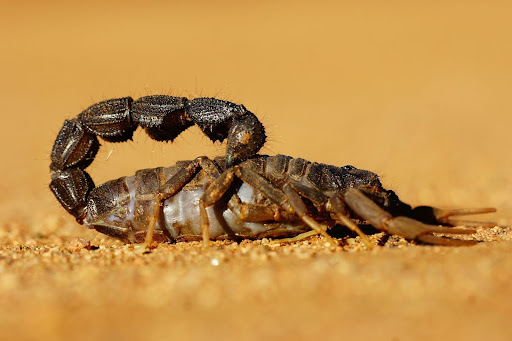


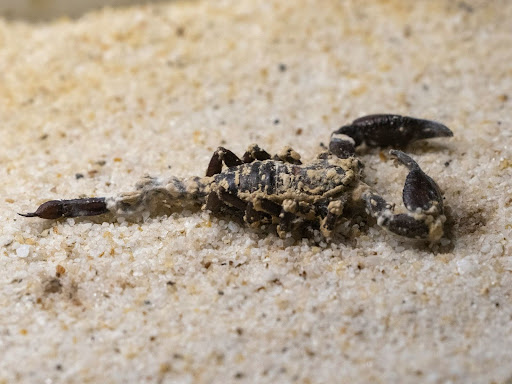
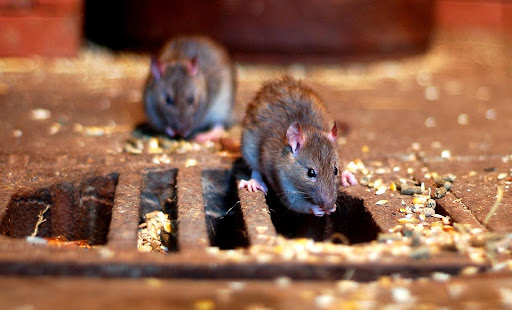
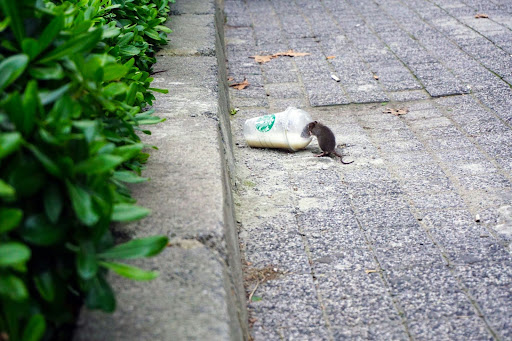


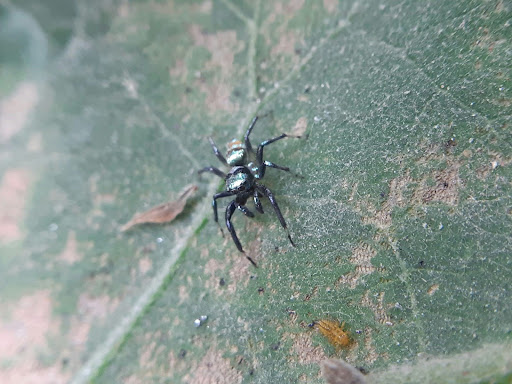

 What is Termite-Resistant Mulch?
What is Termite-Resistant Mulch? Benefits of Using Termite-Resistant Mulch
Benefits of Using Termite-Resistant Mulch How to Apply Termite-Resistant Mulch Effectively
How to Apply Termite-Resistant Mulch Effectively Spotting the Early Signs of an Infestation
Spotting the Early Signs of an Infestation

 Understanding Termites in Arizona
Understanding Termites in Arizona
 Preventive Measures for Arizona Homeowners
Preventive Measures for Arizona Homeowners





